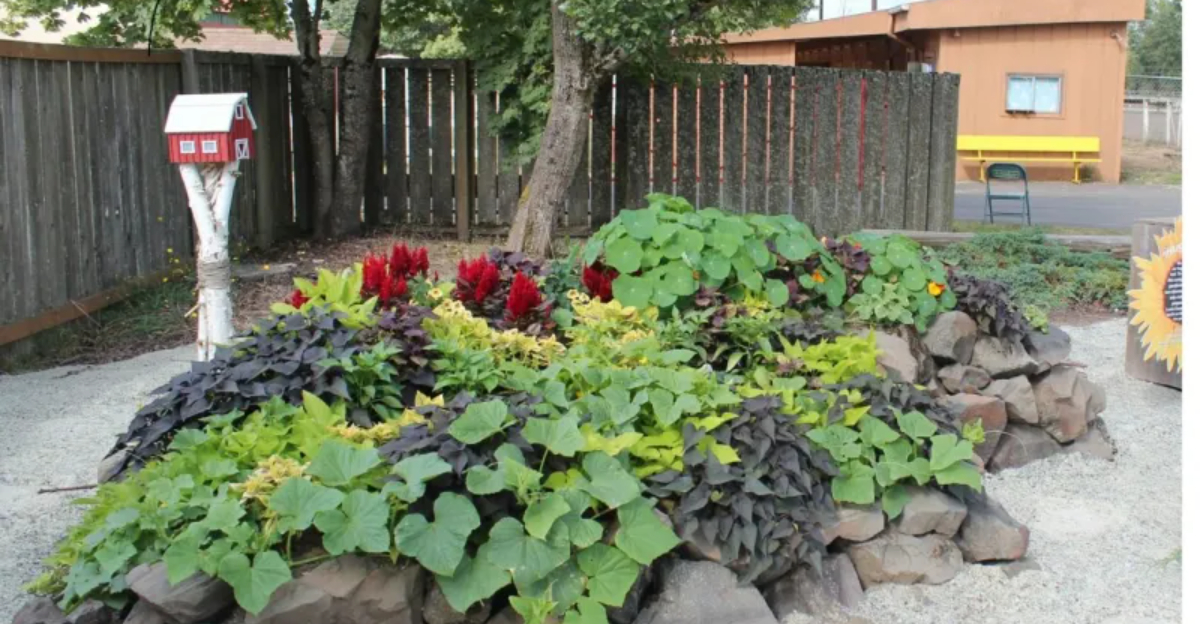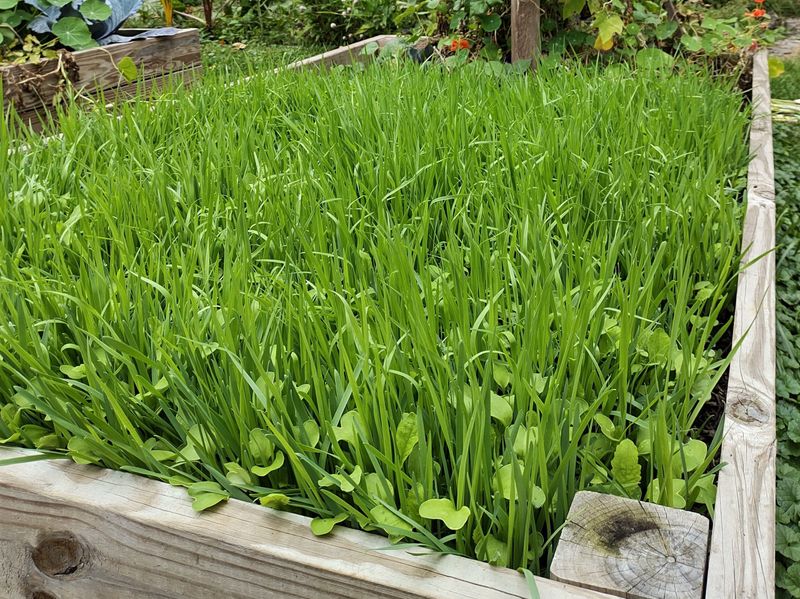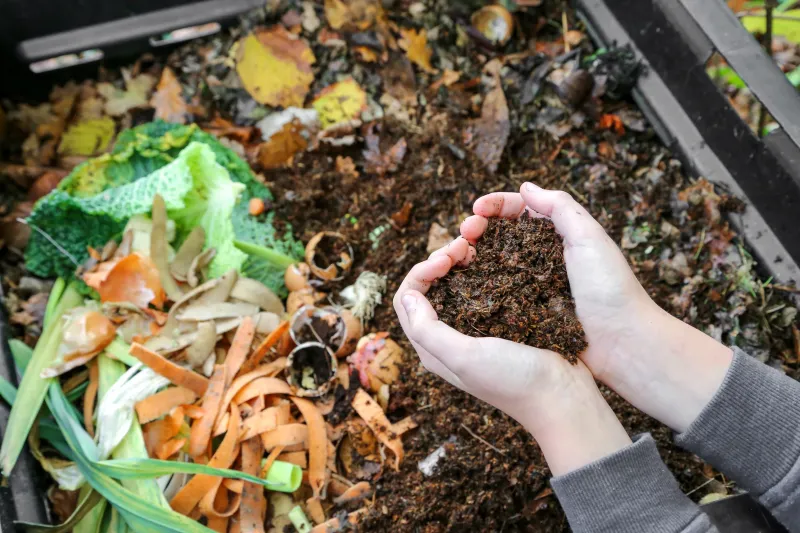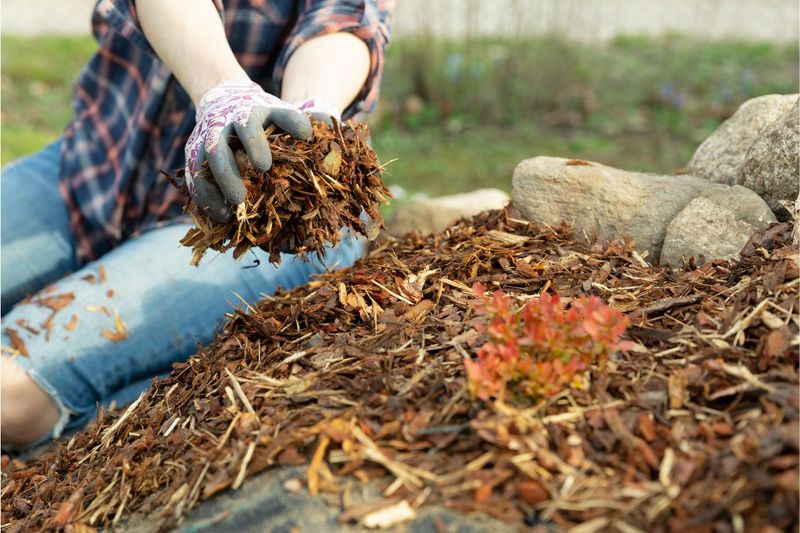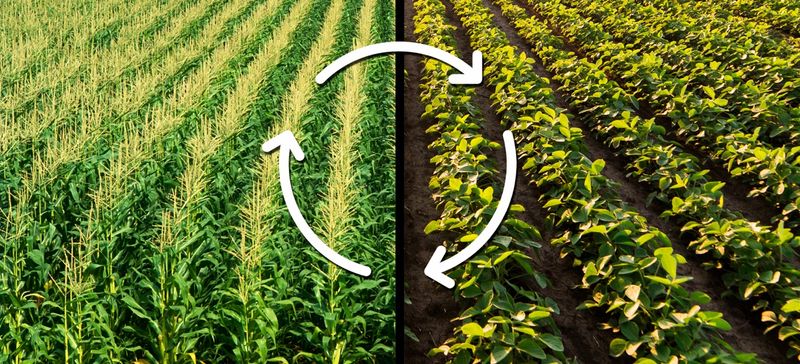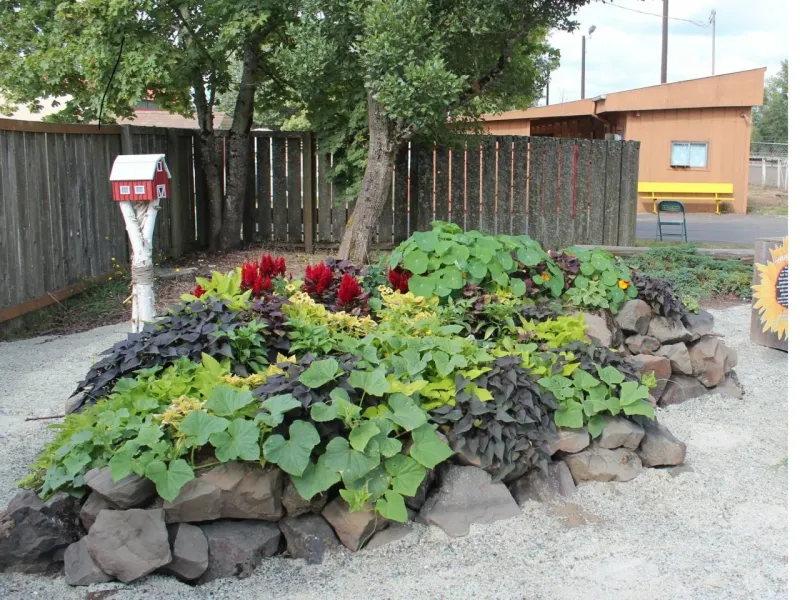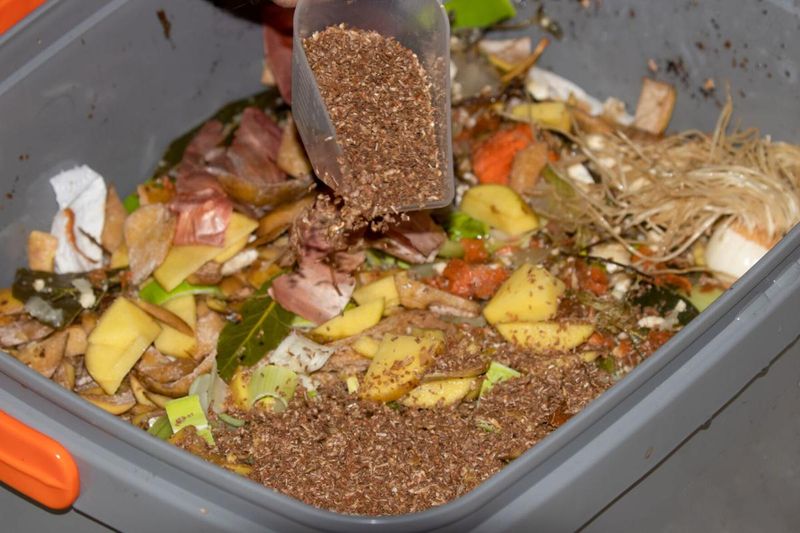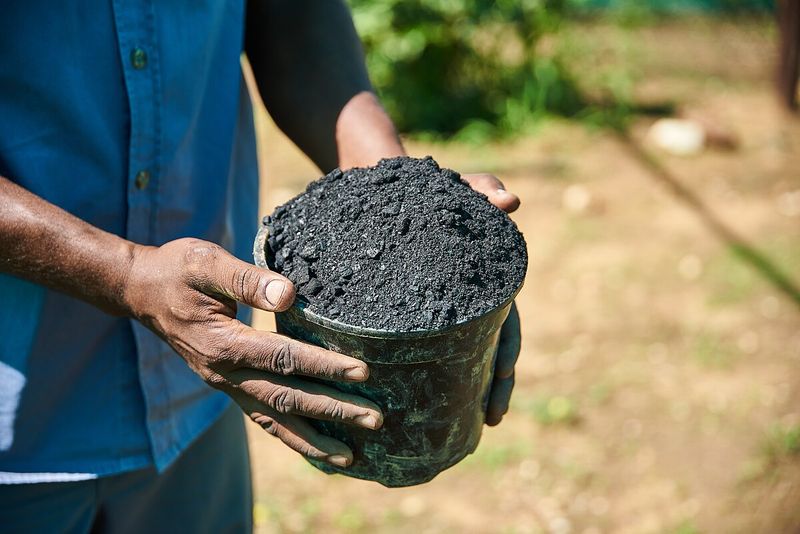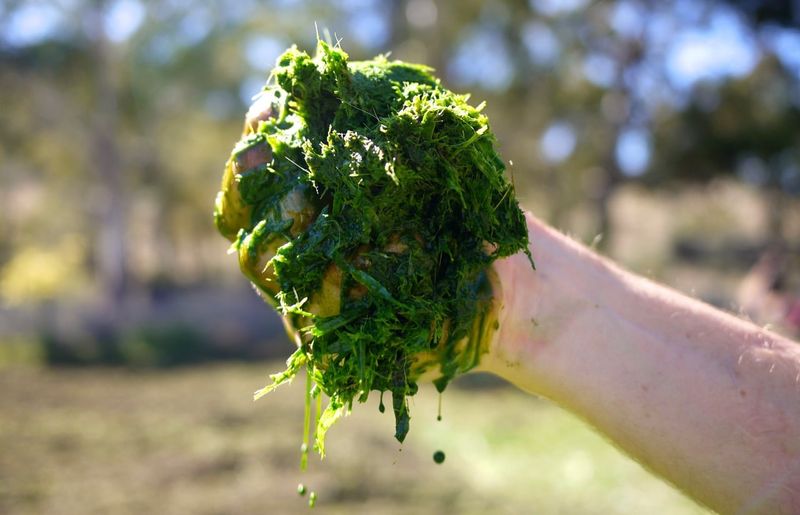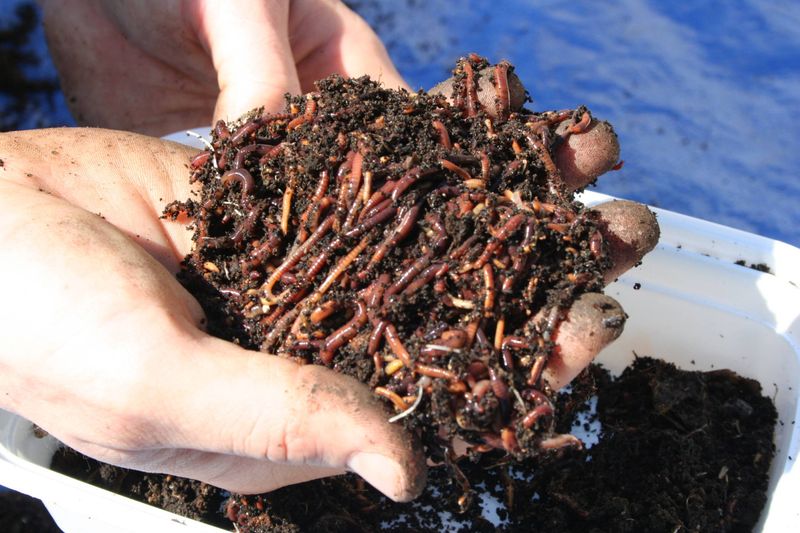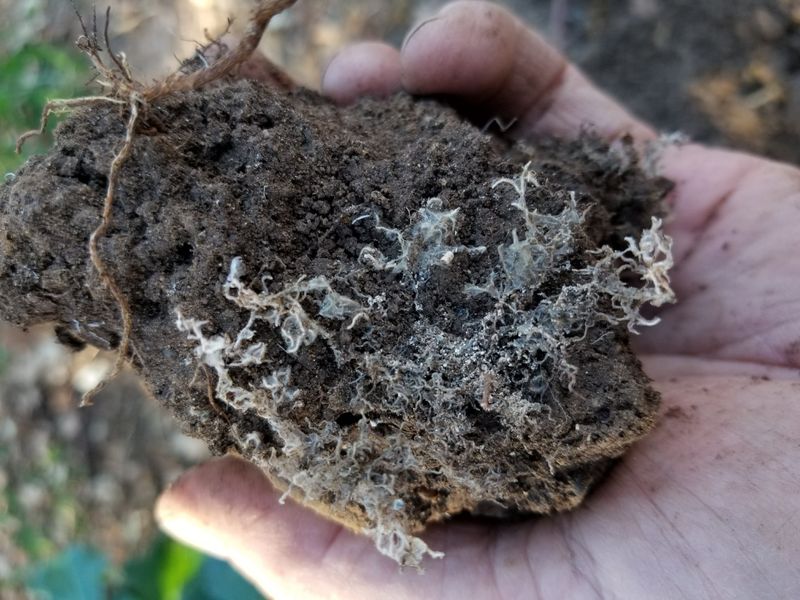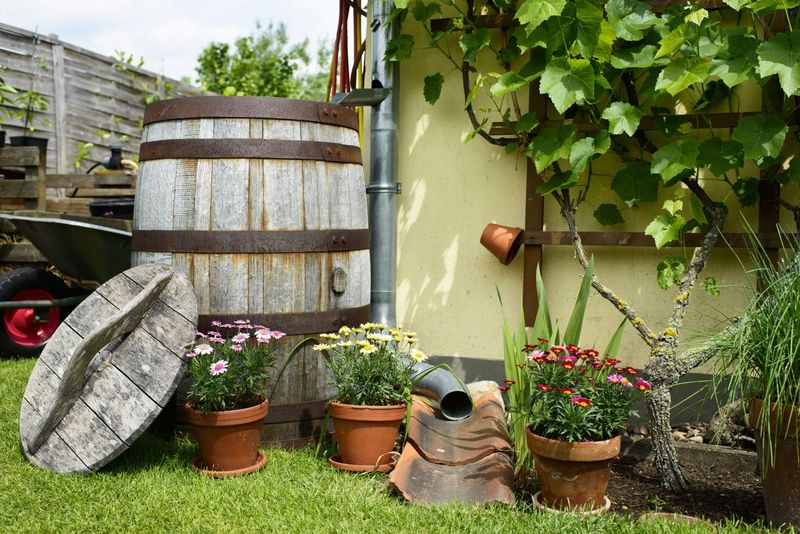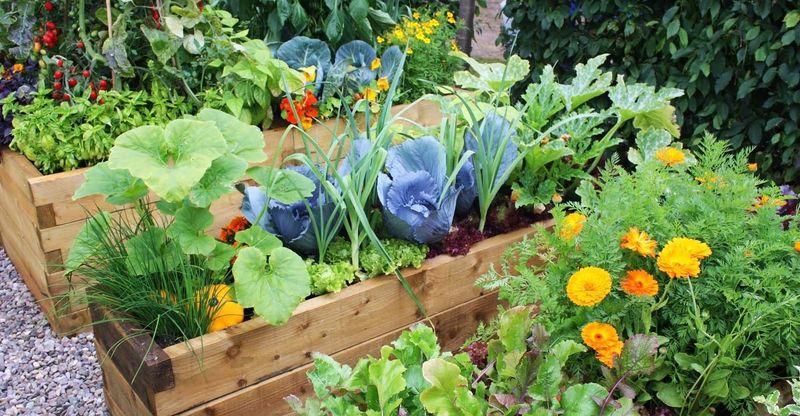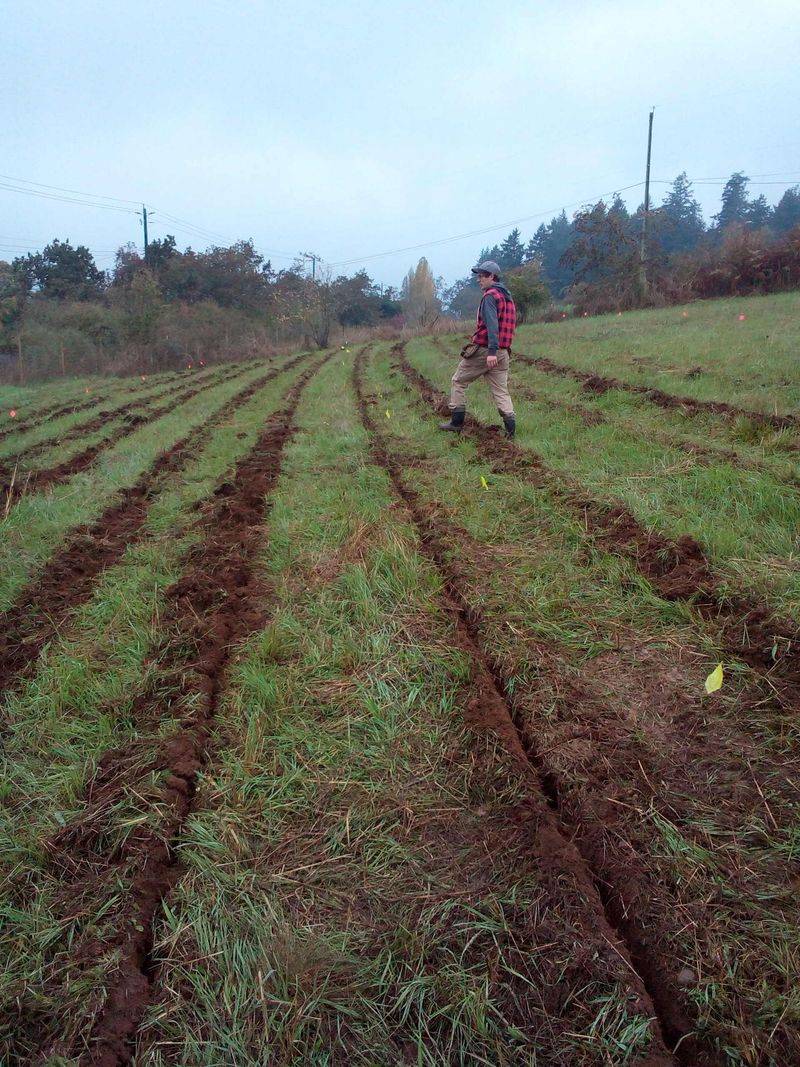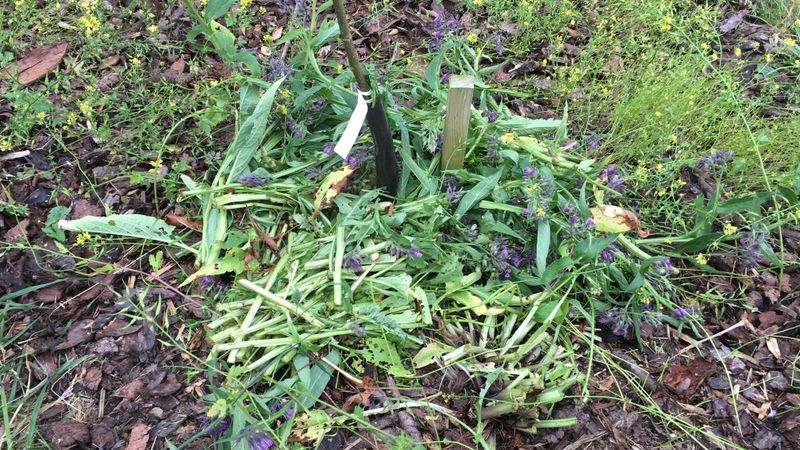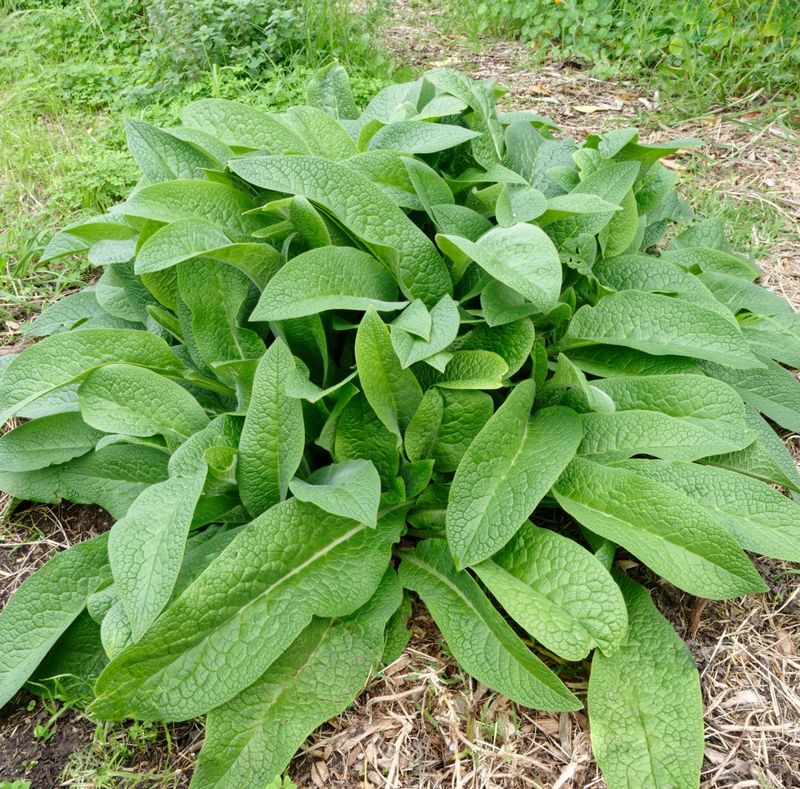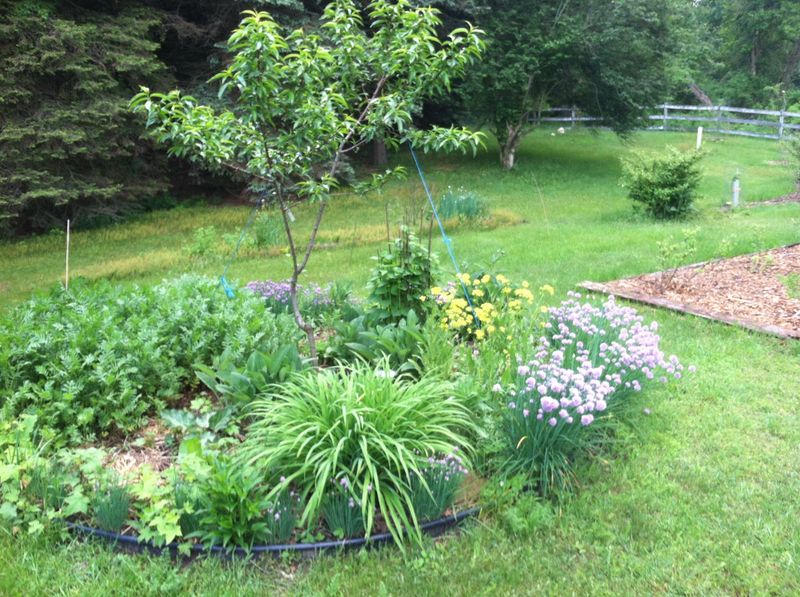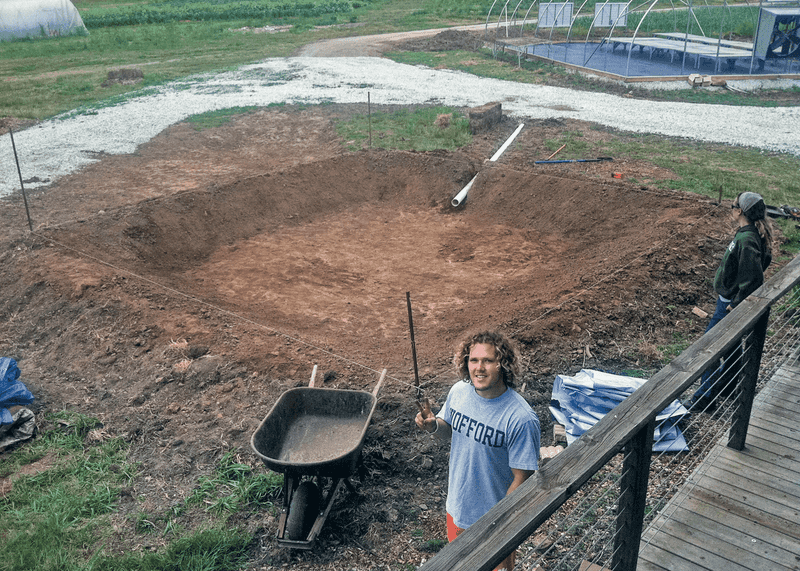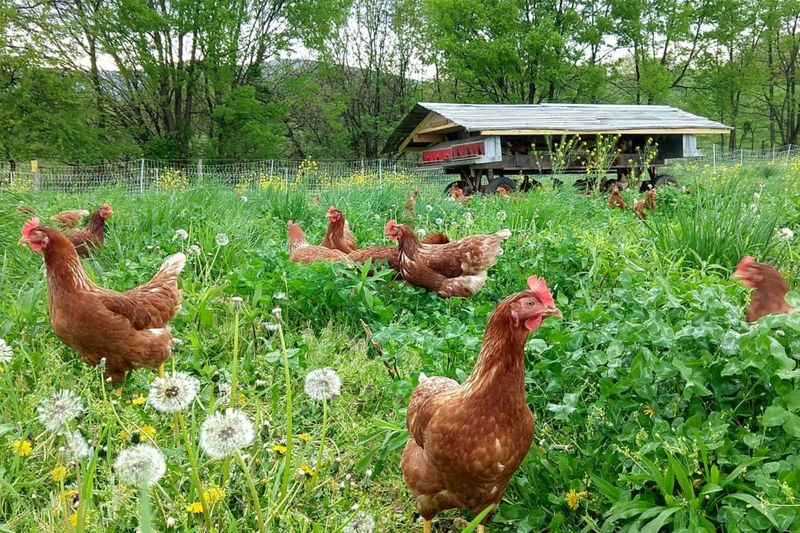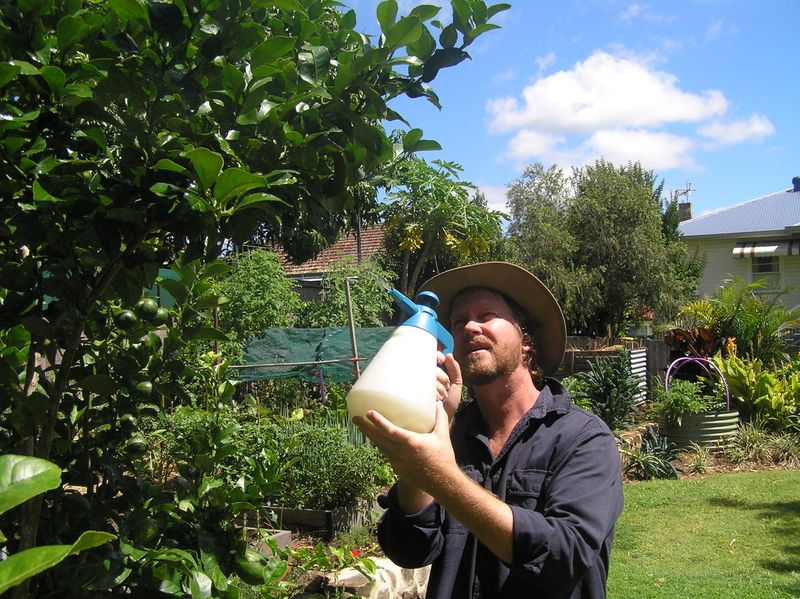Regenerative gardening focuses on enhancing the health and vitality of your soil to promote robust plant growth.
Explore these proven techniques to transform your garden into a thriving ecosystem.
1. Cover Cropping
Cover cropping is an effective technique to enrich soil and suppress weeds. By planting crops like clover or rye, gardeners can add organic matter and nutrients back into the soil. These crops also help in protecting the soil from erosion.
Cover crops create a habitat for beneficial microorganisms, contributing to a healthy soil ecosystem. After growing, these crops are usually plowed back into the soil, further enhancing soil fertility and structure.
This method not only improves soil health but also boosts subsequent plant growth, making it a popular choice for sustainable gardeners worldwide.
2. No-Till Gardening
No-till gardening involves growing crops without disturbing the soil through tillage. This technique protects soil structure and reduces erosion. By leaving the soil undisturbed, beneficial soil organisms thrive, enhancing nutrient availability for plants.
No-till systems often rely on mulch to suppress weeds, retain moisture, and add organic matter. These gardens are less labor-intensive and promote better water infiltration.
Adopting no-till practices can lead to healthier, more productive gardens, as the soil becomes richer and more resilient. This method aligns with sustainable gardening practices, emphasizing soil preservation and enhancement.
3. Composting
Composting is the natural process of recycling organic matter to enrich soil. By composting kitchen scraps and yard waste, gardeners create nutrient-rich humus that enhances soil structure and fertility.
The decomposition process involves microorganisms breaking down organic materials into a dark, crumbly substance. This compost can be mixed into garden soil to improve its texture and nutrient content.
Composting reduces waste and lowers the need for chemical fertilizers. It’s an accessible and environmentally friendly practice that supports healthy plant growth. Regularly turning the compost pile aids in aeration and speeds up decomposition.
4. Mulching
Mulching involves covering the soil with organic materials like straw, wood chips, or leaves. This technique conserves moisture, suppresses weeds, and adds nutrients to the soil as the mulch breaks down.
Mulch acts as an insulating layer, protecting plant roots from extreme temperatures. It also helps in preventing soil erosion by reducing water runoff. Organic mulches improve soil structure and promote microbial activity.
Applying mulch is a simple yet powerful way to enhance garden health. Regular replenishment of mulch ensures continuous benefits, making it an essential practice for regenerative gardeners.
5. Crop Rotation
Crop rotation is a systematic approach to planting different crops in a specific sequence on the same soil. This technique prevents soil depletion and disrupts the cycle of pests and diseases.
Rotating crops enhances soil fertility and helps in maintaining a balanced nutrient profile. It involves planning and recording crop placements to ensure diversity in the garden.
By alternating crops with different nutrient needs, the soil is used more efficiently. Crop rotation supports sustainable gardening by promoting healthy soil and reducing the reliance on chemical inputs. This method is key to long-term soil vitality.
6. Hugelkultur
Hugelkultur is a gardening technique involving raised beds built from decaying wood and plant materials. These beds mimic natural forest processes, creating rich, moisture-retentive soil.
The decomposing wood provides a long-term source of nutrients. Hugelkultur beds warm up quickly in spring and offer excellent drainage. This method reduces the need for watering and fertilization.
It’s ideal for areas with poor soil or limited water supply. Hugelkultur fosters biodiversity and soil health by creating varied microhabitats. This innovative approach exemplifies regenerative gardening, enhancing soil structure and plant growth.
7. Bokashi Composting
Bokashi composting is an anaerobic process that ferments kitchen waste using specialized microbes. This method efficiently breaks down food scraps, including meat and dairy, into nutrient-rich compost.
Bokashi bins are compact, making them ideal for indoor use. The process involves layering food waste with bokashi bran, a mixture of beneficial microbes. Fermented material is then buried in soil, where it decomposes rapidly.
Bokashi composting is odorless, fast, and offers high nutrient retention. It’s a convenient solution for urban gardeners looking to reduce waste and enrich their soil organically.
8. Biochar Application
Biochar is a carbon-rich product obtained by pyrolyzing organic material in a low-oxygen environment. Adding biochar to soil improves water retention, nutrient availability, and microbial activity.
This technique enhances soil fertility and reduces greenhouse gas emissions. Biochar’s porous structure provides a habitat for beneficial microorganisms. It’s a long-term soil amendment, retaining nutrients and moisture effectively.
Applying biochar supports sustainable agriculture by improving crop yields and sequestering carbon. This method contributes to resilient and productive soils, making it a valuable tool in regenerative gardening practices.
9. Green Manure
Green manure involves growing specific plants, such as legumes, to improve soil fertility and structure. These plants fix nitrogen in the soil, enhancing nutrient availability for subsequent crops.
After growth, they are incorporated into the soil, where they decompose and add organic matter. Green manure reduces erosion, improves water retention, and suppresses weeds. It’s an eco-friendly alternative to synthetic fertilizers.
This technique promotes soil health and biodiversity, fostering resilient gardens. By nurturing the soil naturally, green manure supports sustainable gardening practices that enhance plant growth and productivity.
10. Vermicomposting
Vermicomposting uses worms, typically red wigglers, to decompose organic waste into rich compost. This method produces nutrient-dense worm castings, an excellent soil amendment. Vermicomposting is ideal for small spaces and urban gardening.
The worms break down food scraps efficiently, producing compost that’s easy to harvest and apply. This process enhances soil fertility, structure, and water retention. Vermicomposting reduces kitchen waste and supports organic gardening.
Maintaining the right moisture and temperature levels ensures a thriving worm population. It’s a sustainable, eco-friendly practice that enriches garden soil naturally.
11. Mycorrhizal Fungi Inoculation
Mycorrhizal fungi form symbiotic relationships with plant roots, extending their root system and enhancing nutrient uptake. Inoculating soil with these fungi boosts plant health and growth.
The fungi help in accessing nutrients like phosphorus and water, improving drought resistance. This symbiosis increases soil biodiversity and resilience. Mycorrhizal inoculants are applied to seeds or plant roots to initiate colonization.
This natural partnership reduces the need for chemical fertilizers and supports sustainable gardening. By fostering these beneficial fungi, gardeners enhance soil health and plant productivity, promoting a thriving garden ecosystem.
12. Rainwater Harvesting
Rainwater harvesting involves collecting and storing rainwater for garden use. This practice reduces reliance on municipal water supplies and conserves a valuable resource. Harvested rainwater is free of chemicals and ideal for irrigation.
Systems typically include barrels or tanks connected to roof gutters. Using rainwater promotes healthy plant growth and reduces water costs. It’s an environmentally friendly method that supports sustainable water management.
Regular maintenance of harvesting systems ensures efficiency and water quality. Rainwater harvesting is a practical solution for gardeners aiming to conserve water and promote ecological balance.
13. Companion Planting
Companion planting involves growing specific plants together to enhance growth and deter pests. By understanding plant relationships, gardeners can create mutually beneficial pairings. Some plants repel pests, while others attract beneficial insects.
This technique optimizes space, improves soil health, and increases yields. Companion planting supports biodiversity and reduces the need for chemical interventions.
Examples include planting basil with tomatoes to deter insects or marigolds with vegetables to repel nematodes. This method fosters a harmonious garden environment, promoting healthy plant interactions and sustainable gardening practices.
14. Keyline Design
Keyline design is a land management system that maximizes water retention and soil fertility. By using contour plowing and specific planting patterns, water is distributed evenly across the landscape.
This technique prevents erosion and improves soil structure. Keyline design enhances soil moisture and nutrient availability, promoting robust plant growth. It’s particularly effective in hilly or arid regions.
This method supports sustainable agriculture by optimizing land use and water management. Implementing keyline design requires careful planning and observation of the land’s natural contours, fostering a productive and regenerative landscape.
15. Chop and Drop Mulching
Chop and drop mulching involves cutting back plants and leaving the trimmings on the soil surface as mulch. This method recycles nutrients and adds organic matter to the soil. It suppresses weeds, retains moisture, and improves soil structure.
As the trimmings decompose, they enrich the soil and support beneficial microbial activity. Chop and drop is a low-maintenance, sustainable practice that enhances soil health. It’s particularly effective in food forests and permaculture gardens.
By mimicking natural processes, this technique fosters a thriving garden ecosystem with minimal intervention.
16. Deep Rooting Plants for Soil Aeration
Deep rooting plants improve soil aeration and structure by breaking through compacted layers. These plants, like alfalfa or comfrey, develop extensive root systems that enhance soil drainage and nutrient availability.
By growing deep-rooted plants, gardeners can naturally aerate the soil, reducing compaction and promoting healthy root development. This technique supports robust plant growth and reduces the need for mechanical aeration.
Deep rooting plants contribute to a dynamic and resilient garden. Incorporating them into garden design enhances soil vitality and supports sustainable gardening practices.
17. Permaculture Guilds
Permaculture guilds are groups of plants that work together to create a balanced and productive ecosystem. Each plant in the guild serves a unique function, such as nitrogen fixation, pest deterrence, or soil improvement.
By designing gardens with permaculture guilds, gardeners enhance biodiversity, reduce pests, and optimize resource use. These guilds mimic natural ecosystems, promoting resilience and productivity.
Implementing guilds requires careful planning and understanding of plant relationships. This holistic approach supports sustainable gardening, fostering a harmonious and self-sustaining garden environment.
18. Swales for Water Retention
Swales are shallow ditches dug along contour lines to capture and retain rainwater. This design slows water runoff, allowing it to infiltrate the soil and recharge groundwater. Swales reduce erosion, improve soil moisture, and support plant growth.
They are particularly effective in arid regions or areas with heavy rainfall. By integrating swales into garden design, water is conserved, and soil fertility is enhanced.
This technique supports sustainable land management, promoting a balanced and productive ecosystem. Careful planning and maintenance of swales ensure long-term benefits for the landscape.
19. Regenerative Grazing
Regenerative grazing involves rotating livestock through pasture sections to mimic natural grazing patterns. This method improves soil health, increases biodiversity, and enhances pasture productivity.
Livestock grazing stimulates plant growth and nutrient cycling. By moving animals frequently, overgrazing is prevented, and the pasture has time to recover. This technique enhances soil structure and carbon sequestration, supporting a balanced ecosystem.
Regenerative grazing aligns with sustainable agriculture, improving land health and livestock wellbeing. Implementing this practice requires careful planning and monitoring to optimize benefits for the soil and environment.
20. Foliar Feeding with Organic Fertilizers
Foliar feeding involves applying liquid fertilizers directly to plant leaves, allowing nutrients to be absorbed quickly. This technique provides immediate results, boosting plant health and growth.
Organic fertilizers used in foliar feeding are environmentally friendly and support sustainable gardening practices. This method complements soil fertilization by addressing specific nutrient deficiencies.
By applying nutrients directly to leaves, plants can thrive even in challenging soil conditions. Foliar feeding is particularly beneficial during periods of stress or rapid growth. This efficient approach enhances garden vitality and productivity, supporting robust and resilient plants.
